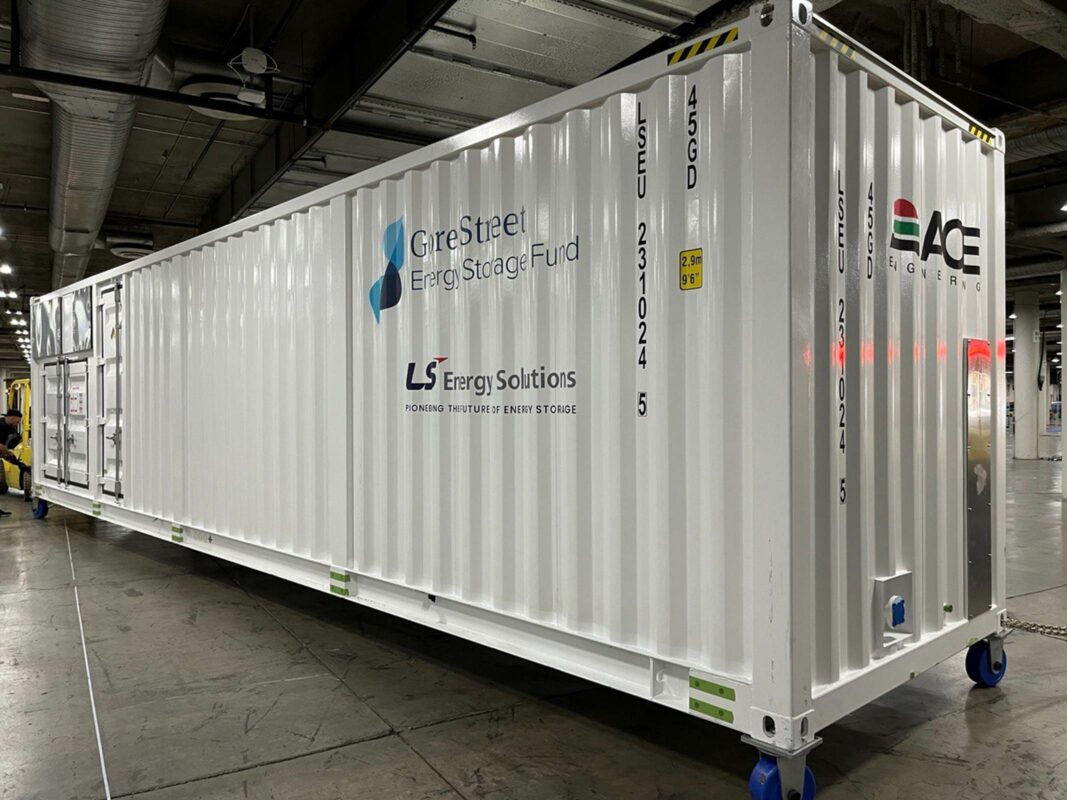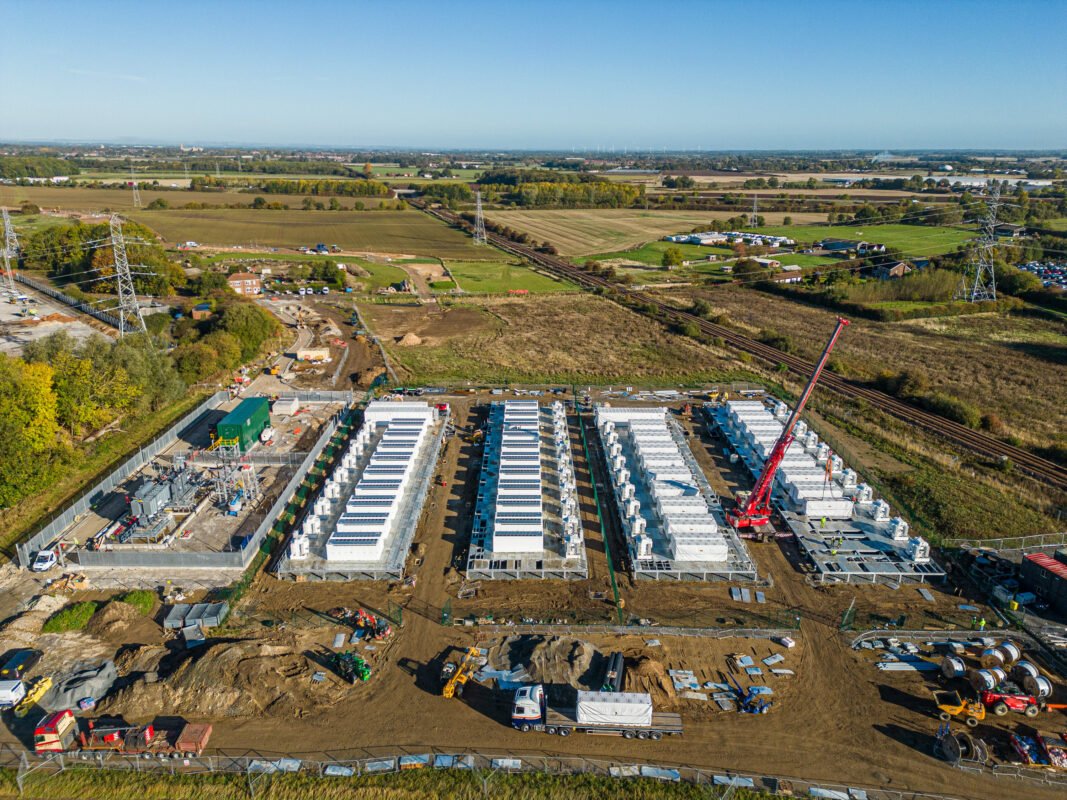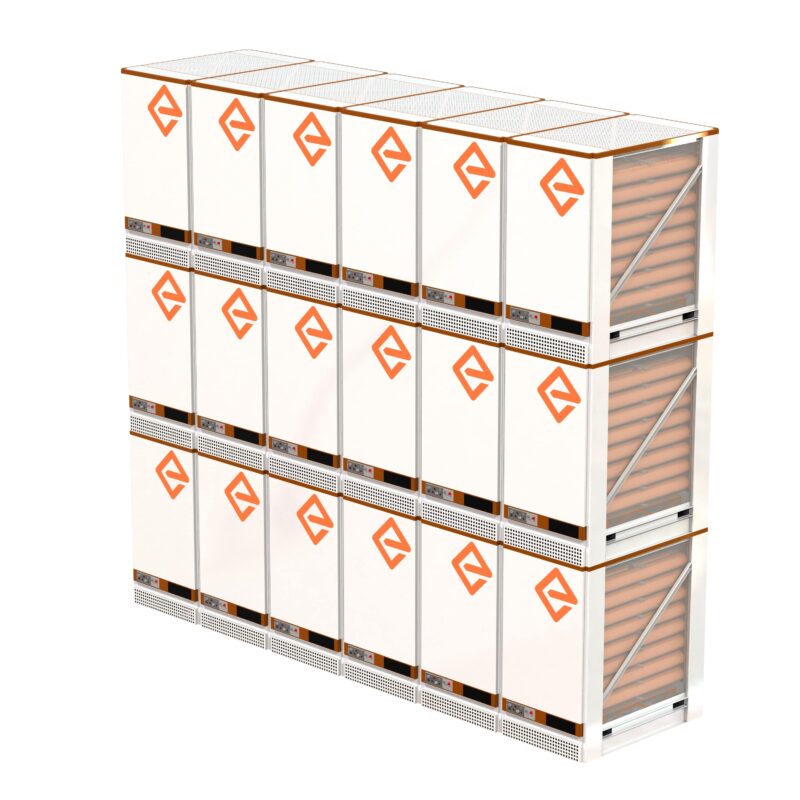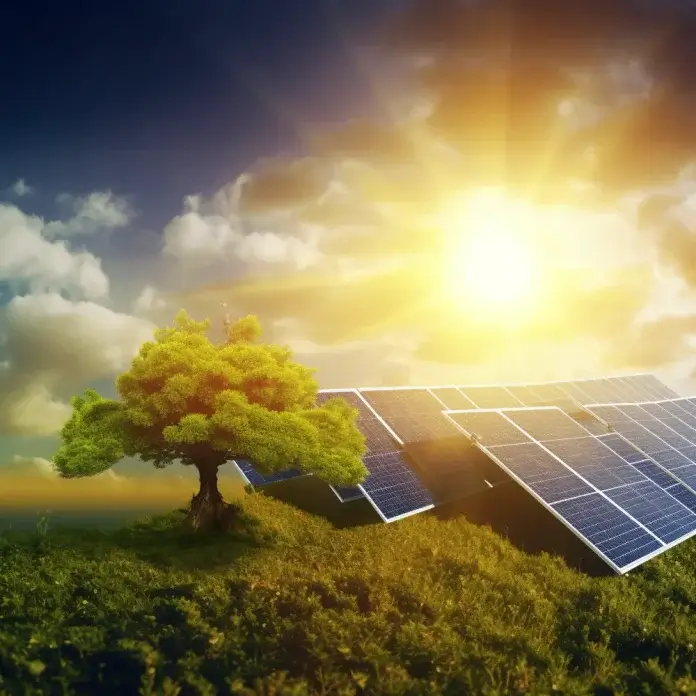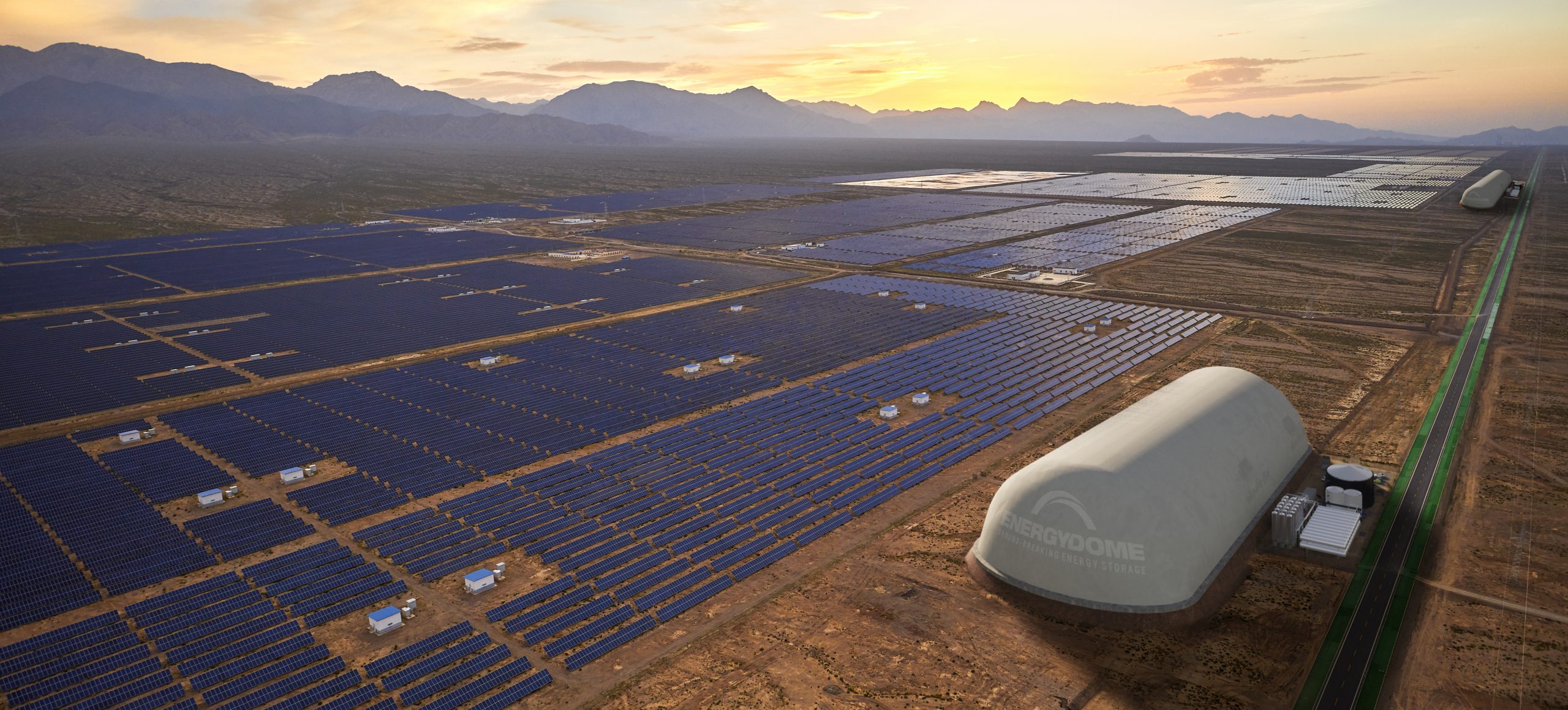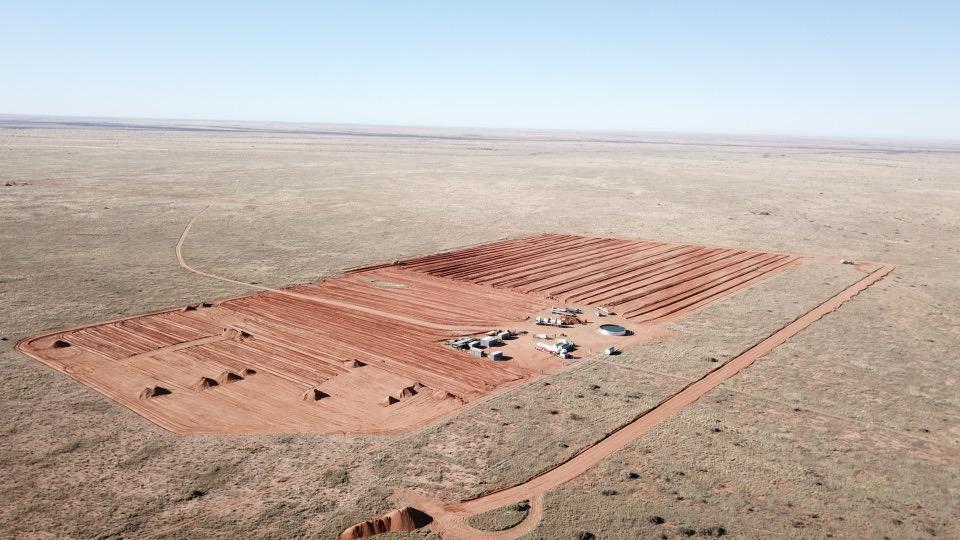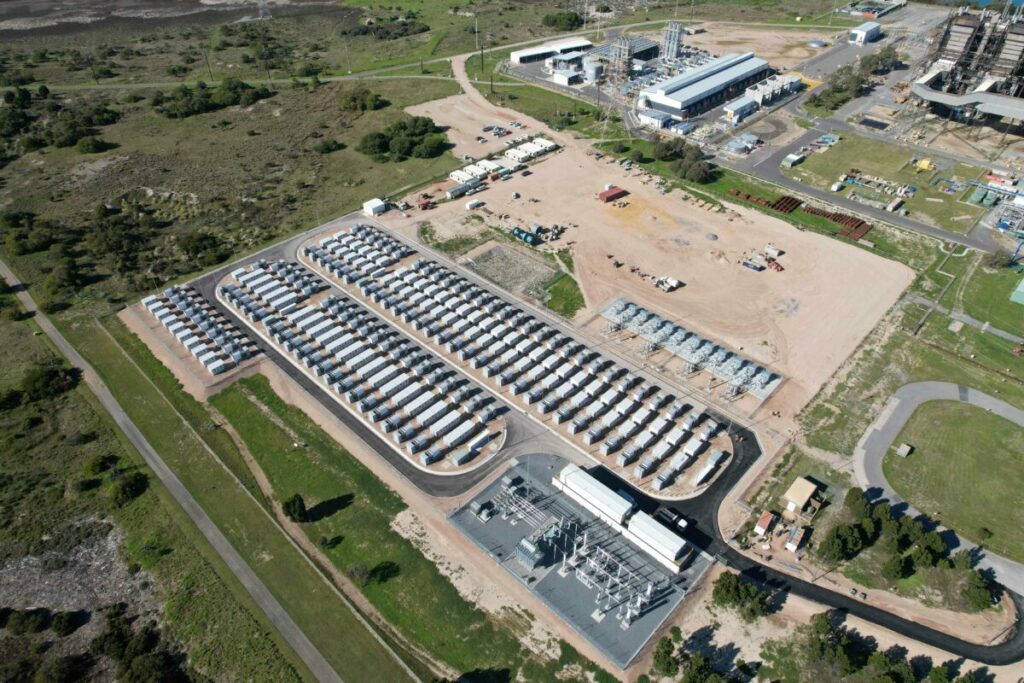It takes the form of a public-private partnership with the Tokyo Metropolitan Government (TMG), which chose and appointed the pair through a competitive solicitation. Both partners will be responsible for the fund’s technical and economic decision-making.
TMG will contribute an initial 2 billion (US$13.63 million) to invest. Itochu will also put money in, while other private investors are also being sought to take part. Investments will be focused on projects in the Kanto region, which comprises the Tokyo Metropolitan area and six surrounding prefectures.
Much of the new investment fund’s remit is around establishing a new “green financing model” for investments in utility-scale battery energy storage system (BESS) assets in Japan, Gore Street said.
Its partner Itochu, active in areas including raw textiles, machinery, metals, fashion labels to real estate, food, insurance and financial services to energy, is one of the market leaders in sales of residential battery storage systems in Japan with around 55,000 units sold as of the start of this year.
Itochu has also already made its entrance into the large-scale BESS sector. It announced its first 11MW/23MWh project in Osaka Prefecture, west Japan, in partnership with utility Osaka Gas in June. The company also entered a partnership with Australian developer Akaysha Energy for utility-scale BESS projects in Japan a while back, which it announced in September.
Fundamental need for storage in Japan
Japan, like Britain, is an island country with relatively little interconnection to neighbouring states. That means it needs to balance and manage volatility within its own grid networks, and energy storage is a key technology to enable that, especially as rising shares of renewable energy will increase that volatility.
Similarly, like the UK, Japan has seen deregulation of electricity markets as an important means to enable greater competition of supply and services. However, unlike the UK, energy storage is yet to take off in Japan.
This is partly because historically the Japanese electricity sector has been a series of top-down regional monopolies, administered and owned by powerful generation companies that also operate the grid in their respective regions. In the UK, various competitive market opportunities exist for grid-balancing ancillary services like frequency response, for example.
Japan’s efforts to deregulate its markets and remove those monopolies are still at an early stage. Efforts to create fertile markets for energy storage meanwhile have received a significant boost in the past year or so, but remain at a relatively early stage.
Barriers being removed
In an article for our quarterly journal, PV Tech Power (Vol.34) earlier this year, Chris Wilkinson, analyst at Rystad Energy, wrote that Japan needs a “fully developed” BESS industry in order for developers to be able to, “avoid curtailment, earn revenue and further promote development of not only solar but all renewables”.
As implied by Itochu’s move to involve itself in the sector, and similar moves by other major players in Japanese corporate life like financial services group Orix, and oil company Idemitsu, a market is gradually developing. Technology providers NGK, Sumitomo Electric, CATL and Gotion are also behind recent market entries or scale-ups.
Regulations enabling energy storage to participate in wholesale energy trading through spot markets on the JEPX power exchange were put in place last year, offering a potential revenue opportunity for BESS and leading to the first BESS units to trade on JEPX to go into operation through solar PV developer Pacifico Energy mid-2023.
Meanwhile, markets for ancillary services – the gateway opportunity that opened up the UK market for Gore Street and others in 2016 – will be rolled out next year.
The government also rolled out a subsidy scheme with about US$100 million in initial funding to directly support battery storage projects over 10MW with up to half their construction costs, while there is also a new capacity market for decarbonised power supply that will enable BESS with durations over 3-hour to take part and secure 20-year contracts.
Gore Street has one of the more internationally diversified BESS portfolios in the world. It has around 1GW in operation in the UK, as well as assets in Ireland, Germany and Texas’ ERCOT market, as well as a 200MW/400MWh asset in construction in California’s CAISO market.
In a recent appearance on specialist podcast Redefining Energy, Gore Street CEO Alex O’Cinneide said that on average, Gore Street Energy Storage Fund’s assets earned about £19/MW (US$24/MW) throughout the past year. Spreading its investments across different markets enables much higher revenues, O’Cinneide said, with average revenues in the UK at about £6/MW for the same period.
O’Cinneide, who was selected by judges for the Outstanding Contribution award at this year’s Energy Storage Awards, hosted by our publisher Solar Media, said in a statement today that this international experience and grounding as an early mover in the UK market would be an advantage in the new Tokyo Metropolitan Government fund.
“We have developed a specialist platform offering the full range of technical expertise needed to successfully monetise energy storage assets throughout their lifetime, from acquisition and construction, asset management and commercialisation all the way through to decommissioning and recycling,” the CEO said.
“We look forward to bringing this experience to Japan, alongside our partners at ITOCHU, to deploy the energy storage capacity needed to accelerate the country’s clean energy transition to a low-carbon and sustainable future.”
Continue reading


